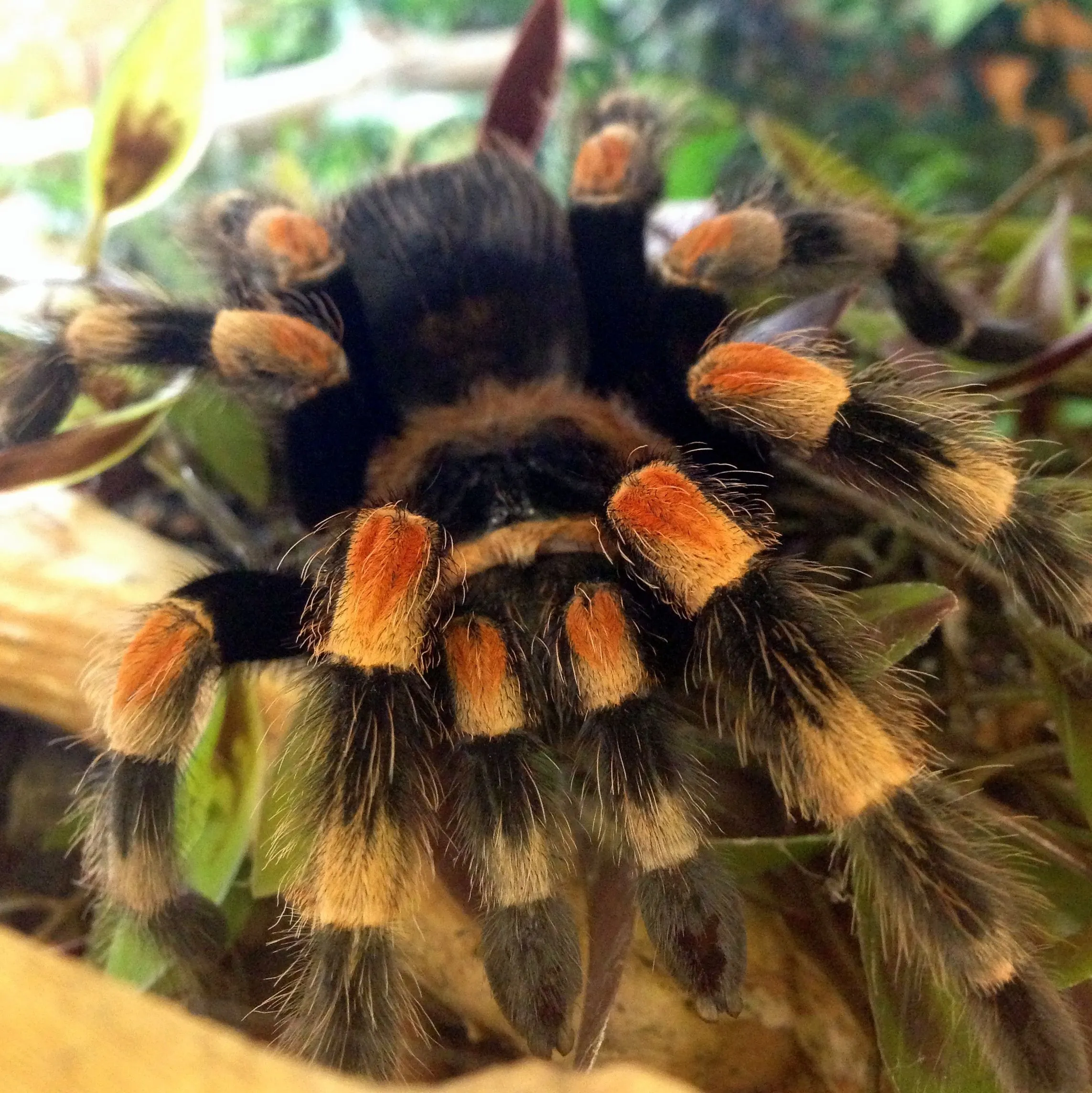Why Buy a Mexican Red Knee Tarantula
The Mexican Red Knee Tarantula (Brachypelma hamorii) is a captivating species, sought after by both novice and experienced arachnid enthusiasts. Their striking appearance, relatively docile temperament, and manageable care requirements make them an excellent choice for a pet. Owning a Red Knee offers a unique opportunity to observe the fascinating life cycle and behaviors of these incredible creatures. Beyond their aesthetic appeal, these tarantulas are known for their longevity, with females often living for over 20 years, providing a long-term companion for those who appreciate the quiet companionship of a pet that requires a specific setup and has a slower pace of life. Owning a tarantula also offers a fascinating window into the world of invertebrates, promoting a greater understanding of biodiversity and the intricacies of nature. They’re perfect for anyone looking for an interesting, low-maintenance pet.
Appearance and Characteristics of the Mexican Red Knee Tarantula
The Mexican Red Knee Tarantula is instantly recognizable, boasting a striking appearance that makes it a favorite among pet owners. As the name suggests, these tarantulas are adorned with vibrant red-orange markings on their leg joints, contrasting beautifully with their black bodies. The carapace, or the top shell of the cephalothorax, is typically dark brown or black, providing a stark backdrop for the colorful legs. Adult females can reach a leg span of up to 6 inches, while males are often slightly smaller. Their bodies are covered in fine hairs, which can be urticating hairs used as a defense mechanism. Their overall appearance is quite impressive, which will be a remarkable sight in your home. These spiders also have the ability to molt, shedding their exoskeleton to grow and regenerate lost limbs, showing their amazing biology and adaptation skills.
Habitat and Natural Behavior of the Red Knee
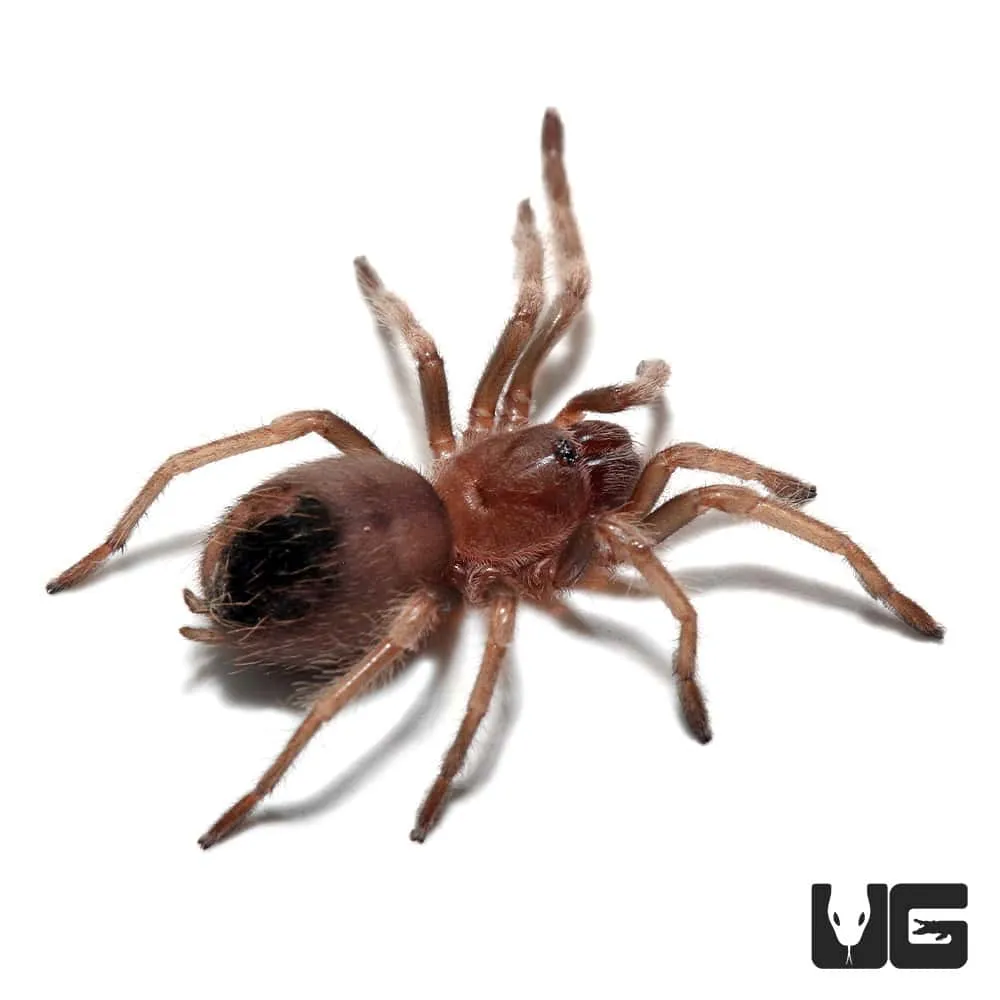
In their natural habitat, Mexican Red Knee Tarantulas are native to the arid scrublands and tropical deciduous forests of the Pacific coast of Mexico. They are terrestrial creatures, meaning they spend most of their time on the ground, often creating burrows or utilizing existing shelters like rock crevices or rodent burrows. Their natural behavior involves an ambush hunting strategy, where they wait patiently for unsuspecting prey to wander within striking distance. These tarantulas are primarily nocturnal, becoming most active during the night to hunt for insects and small invertebrates. Understanding their natural behavior is crucial for replicating their habitat in captivity, helping to ensure their physical and psychological well-being. They are solitary creatures and do not require company, making them ideally suited as individual pets.
Enclosure Setup for Your Tarantula
Creating an appropriate enclosure is paramount to the health and happiness of your Mexican Red Knee Tarantula. A 10-gallon aquarium or a similar-sized enclosure is generally sufficient for an adult, but a larger enclosure is always preferable, allowing for more space and enrichment. The enclosure should be escape-proof, with a secure lid, as these spiders are skilled climbers. Ventilation is also essential to prevent the buildup of excess humidity and the growth of mold. The enclosure should also offer enough space to move and walk, as well as providing a safe space for the tarantula to hide. Consider having a front-opening enclosure because it is easier to maintain and observe the tarantula. Additionally, a well-designed enclosure can be an attractive addition to your home.
Substrate and Habitat Essentials
The substrate, or bedding, is crucial for providing a natural environment and maintaining appropriate humidity levels. A good substrate should be absorbent and retain moisture while allowing for burrowing. A mixture of coconut fiber, peat moss, and a small amount of vermiculite works well. The substrate should be deep enough for the tarantula to burrow, typically around 4-6 inches. Include a hide, such as a cork bark half-log or a commercially available tarantula hide, to provide a secure retreat where the tarantula can feel safe and less stressed. Also, provide a shallow water dish with fresh, clean water at all times and replace it daily. Other decorations like artificial plants or driftwood can enhance the enclosure’s aesthetic appeal and provide additional hiding places.
Temperature and Humidity Control
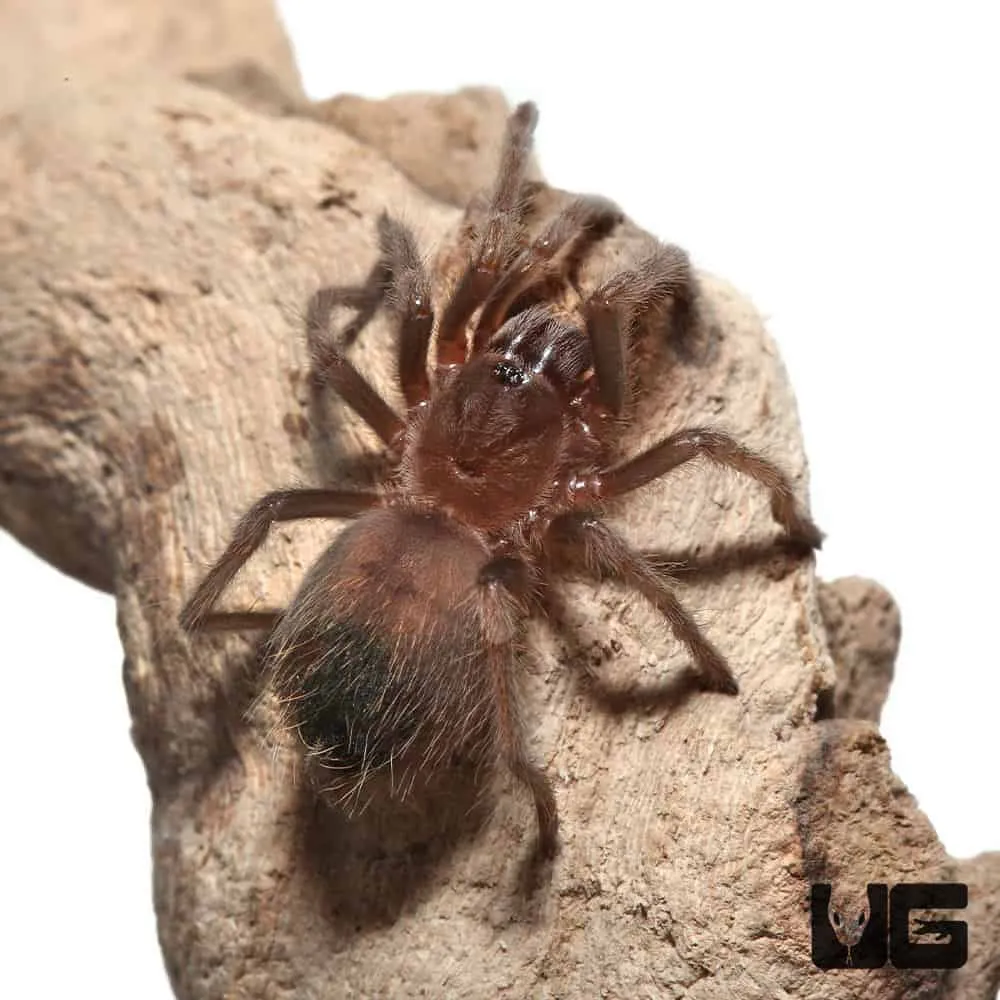
Maintaining the correct temperature and humidity levels is vital for the health of your Mexican Red Knee Tarantula. The ideal temperature range is between 75-85°F (24-29°C). A heat mat placed on the side of the enclosure, controlled by a thermostat, can help maintain the proper temperature. Avoid placing the heat mat directly under the enclosure, which can cause the substrate to dry out too quickly. Humidity levels should be kept at approximately 60-70%. Regular misting with a spray bottle can help achieve the appropriate humidity levels, especially in drier climates. A hygrometer is a useful tool to monitor humidity levels. Proper temperature and humidity are essential for the tarantula’s overall health, molting process, and feeding response.
Feeding Your Mexican Red Knee Tarantula
Feeding your Mexican Red Knee Tarantula is a straightforward process. They are primarily insectivores, feeding on a variety of insects readily available at pet stores or online. Ensure the food is safe and appropriate to avoid causing any harm or sickness. Provide them with the proper amount of food to keep them healthy and active. It’s important to understand their dietary needs and the best way to feed your pet.
Choosing the Right Food
The staple diet for a Mexican Red Knee Tarantula consists primarily of insects. Crickets, mealworms, and dubia roaches are all excellent choices. Ensure the insects are gut-loaded with nutritious food before feeding them to your tarantula, providing the maximum nutritional benefits for your pet. Avoid feeding wild-caught insects, as they may carry parasites or pesticides that could harm your tarantula. The size of the insects should be appropriate for the size of your tarantula; the prey should generally be no larger than the tarantula’s body. Varying the diet is also beneficial, offering a range of different insects to provide a balanced diet.
Feeding Frequency and Amounts
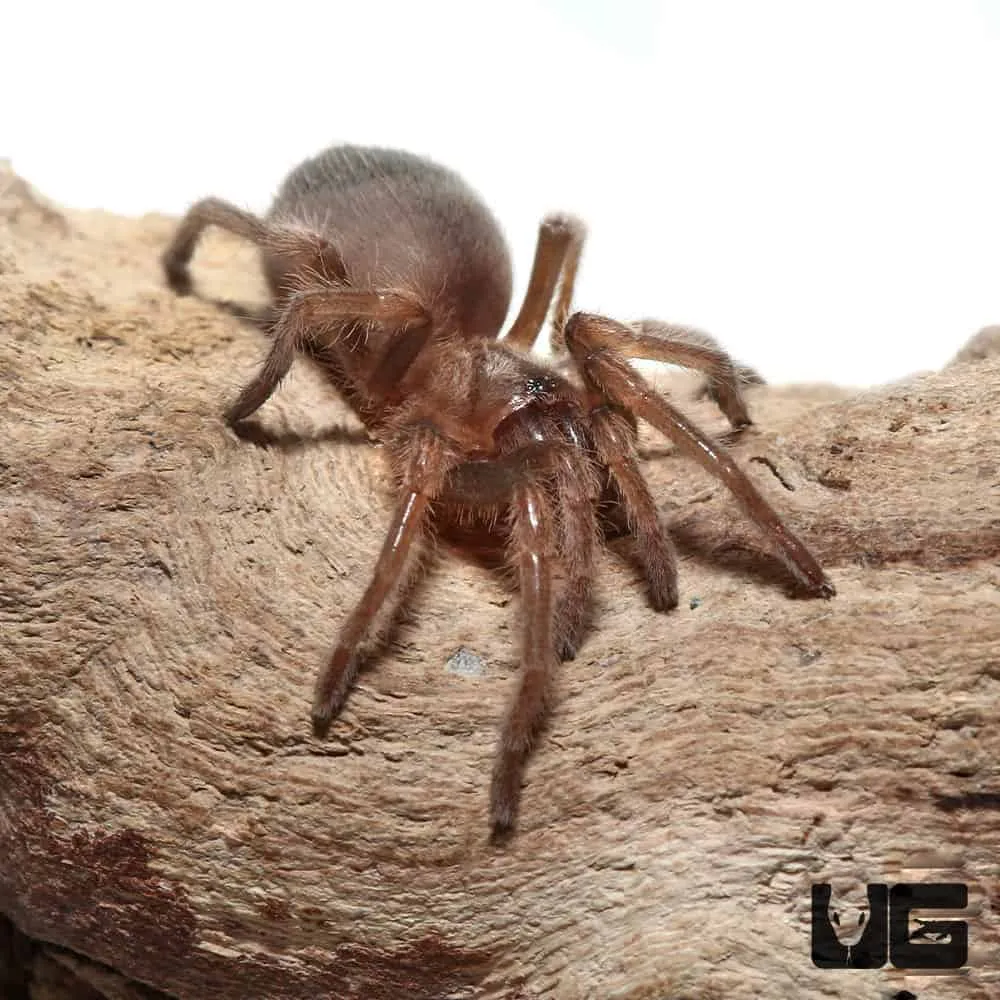
The feeding frequency depends on the age and size of your tarantula. Spiderlings and juveniles should be fed 2-3 times a week, while adults can be fed once or twice a week. Observe your tarantula’s abdomen; if it appears plump, it is well-fed. Remove any uneaten food within 24 hours to prevent mold and mites. The amount of food offered should be appropriate; overfeeding can lead to obesity, while underfeeding can result in stress and health issues. Adjust feeding frequency based on your tarantula’s appetite and growth rate. Also consider providing supplements, such as calcium and vitamins, to promote better health.
Watering Your Tarantula
Water is essential for tarantulas, as they obtain most of their moisture from the food they eat and the water they drink. A shallow water dish should be available at all times, filled with fresh, clean water. Change the water daily to prevent bacterial growth. For smaller tarantulas, a cotton ball soaked in water can be used as a water source to prevent the risk of drowning. Misting the enclosure periodically will also help to maintain humidity and provide additional water for your tarantula. Ensuring your tarantula has access to clean water is a simple yet vital aspect of their care.
Handling and Safety Tips
While Mexican Red Knee Tarantulas are generally docile, it is best to exercise caution when handling them. Avoid handling unless absolutely necessary, as it can stress the tarantula. If you must handle your tarantula, do so close to the ground, as a fall from any height can be fatal. Always wash your hands thoroughly before and after handling your tarantula. Avoid sudden movements or loud noises, as these can startle the tarantula and potentially trigger a defensive reaction. Be mindful of their urticating hairs, which can cause irritation if they come into contact with your skin or eyes. Educating yourself on proper handling techniques will help you and your tarantula stay safe.
Identifying a Healthy Tarantula
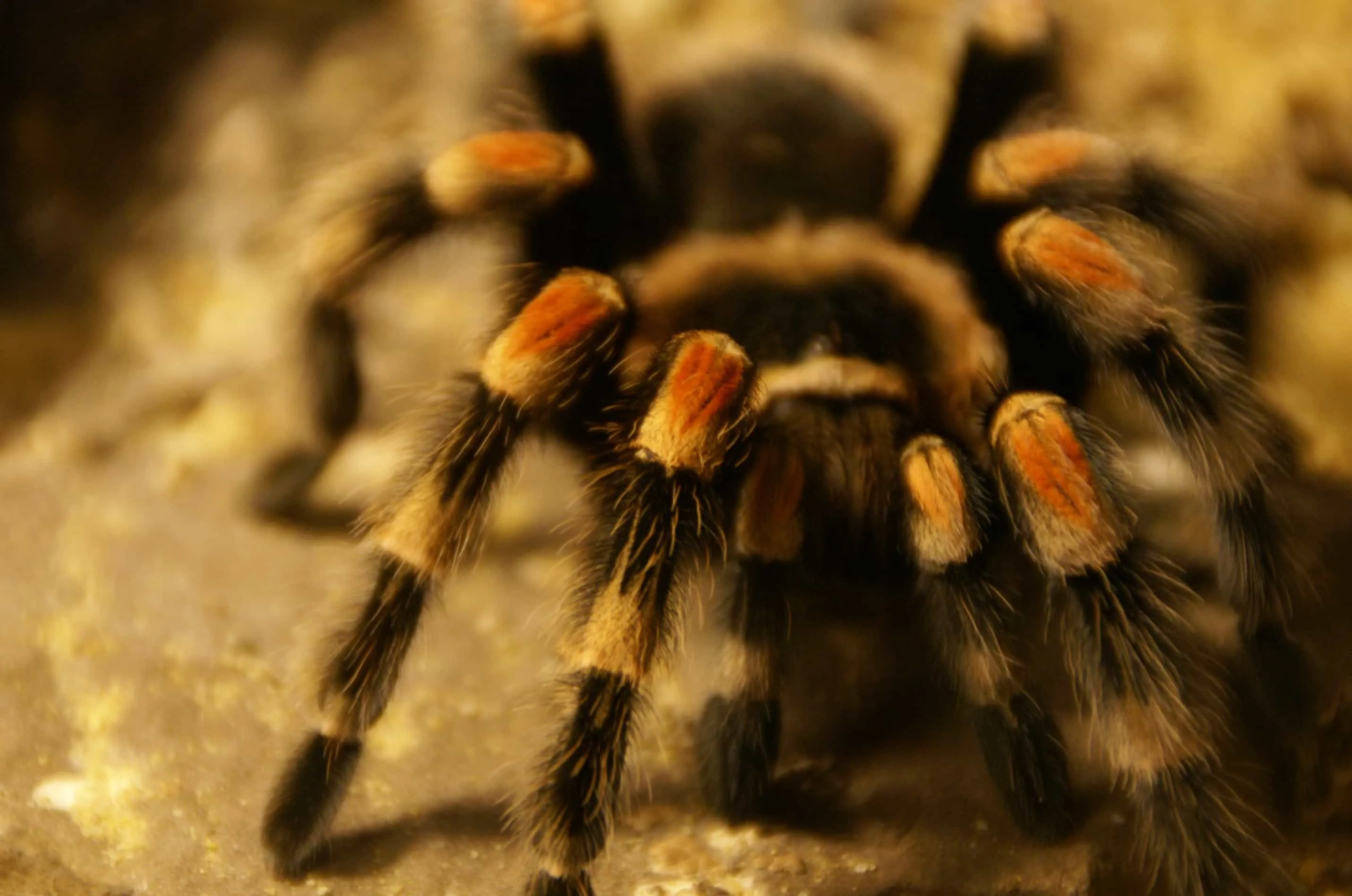
A healthy Mexican Red Knee Tarantula will exhibit certain characteristics. The tarantula should be active and responsive to stimuli, showing an interest in its environment and food. The abdomen should be plump, indicating it is well-fed. The legs should be intact and free of any deformities or injuries. The tarantula should move smoothly and with agility. The colors should be vibrant and true to the species. Look for signs of shedding or molting, as this is a natural process. Pay attention to the tarantula’s behavior and eating habits; any sudden changes can signal health problems. Always examine your tarantula regularly to ensure they remain in optimal health.
Signs of a Sick Tarantula
Recognizing signs of illness is crucial for timely intervention. A sick tarantula may exhibit lethargy, lack of appetite, or a loss of coordination. The abdomen may appear shrunken or emaciated. The tarantula may have difficulty walking or moving. Discoloration or unusual markings on the body can indicate a health issue. Refusal to eat for an extended period can be a sign of illness. A tarantula that is constantly hiding may also be unwell. If you notice any of these signs, consult with a veterinarian or experienced tarantula keeper. Early detection and treatment can often prevent the problem from escalating.
Where to Buy a Mexican Red Knee Tarantula
There are several avenues to purchase a Mexican Red Knee Tarantula, and it is important to choose a reputable source. Consider these options to have a healthy spider. Ensure that the seller prioritizes the welfare of their tarantulas and offers healthy specimens. Do your research. Choosing a reputable seller is essential to ensure you get a healthy tarantula and receive proper care guidance.
Online vs. Local Breeders
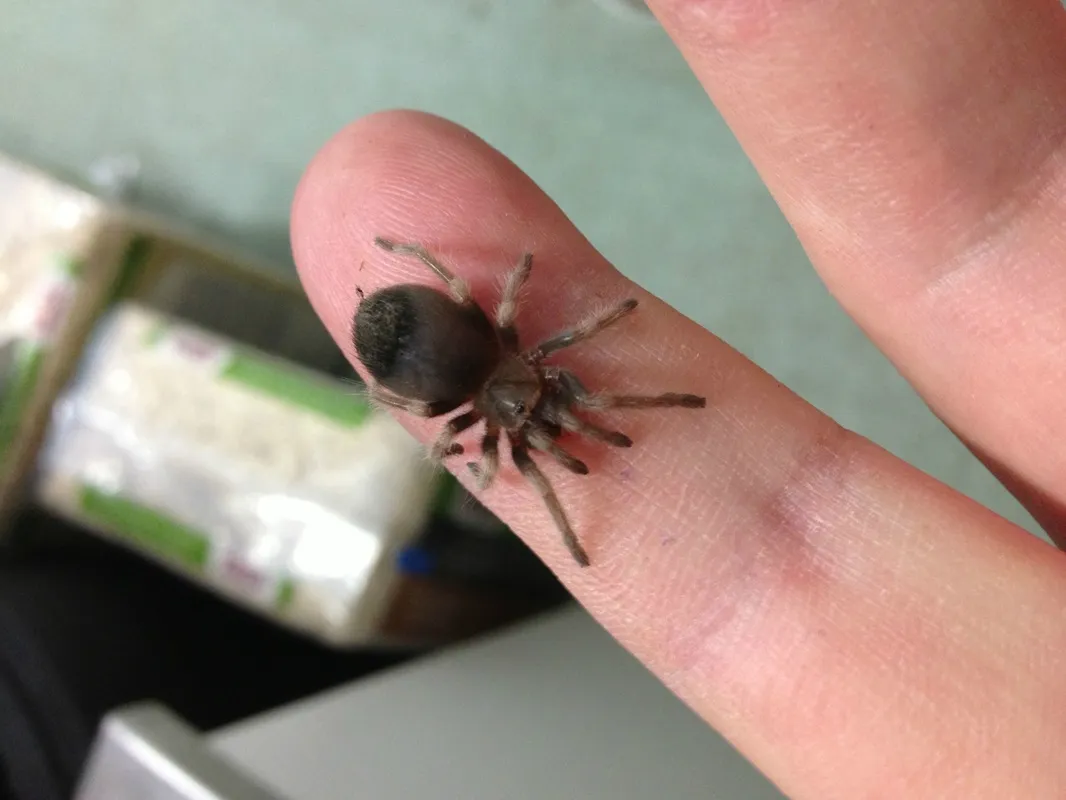
Online breeders often offer a wide selection of tarantulas and may provide detailed care information. Make sure to check reviews and seller ratings before making a purchase. Local breeders can be a great option as you can often see the tarantula in person before purchasing. This allows you to assess the tarantula’s health and confirm the seller’s care practices. Pet stores also offer tarantulas for sale, but the quality and health of the animals can vary. Always inspect the tarantula carefully and inquire about the seller’s care practices.
Cost and Pricing of Red Knee Tarantulas
The cost of a Mexican Red Knee Tarantula can vary depending on the size, age, and breeder. Spiderlings are typically less expensive than adult tarantulas. Expect to pay anywhere from $20 to $100+ depending on these factors. Consider the cost of the enclosure, substrate, and other supplies when budgeting for your new pet. The ongoing costs include food, substrate replacement, and potential veterinary care. Research the price and the cost before buying, and ensure it is appropriate for your financial situation.
Common Health Issues and How to Prevent Them
Mexican Red Knee Tarantulas are generally hardy, but they can be susceptible to certain health issues. Parasites, such as mites, can be a problem in poorly maintained enclosures. Always quarantine new tarantulas to prevent the introduction of parasites to your established collection. Provide a clean and well-maintained enclosure. Respiratory infections can occur if humidity levels are too high or the enclosure lacks proper ventilation. Maintain appropriate temperature and humidity levels to prevent respiratory issues. Injuries can occur from falls or during molting. Ensure the enclosure is free of hazards and provide adequate substrate depth. Regular monitoring and preventive care can significantly reduce the risk of health problems. Consult with a veterinarian or experienced keeper if you notice any unusual symptoms.
Molting Process and What to Expect
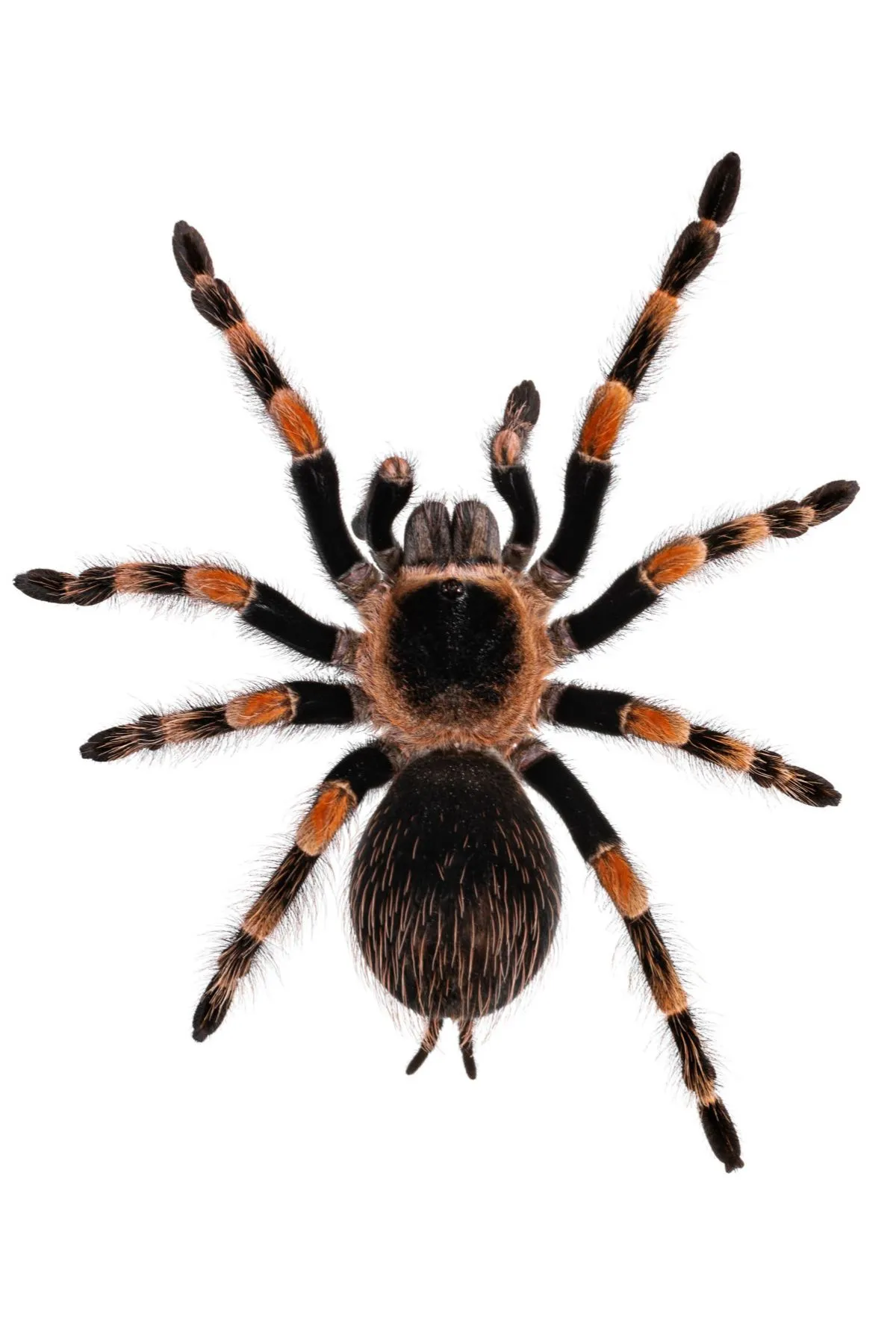
Molting is a natural and essential process where the tarantula sheds its exoskeleton to grow and regenerate damaged limbs. The molting frequency depends on the tarantula’s age, with spiderlings molting more frequently than adults. Before molting, the tarantula may stop eating and become less active. It will often create a web mat or lie on its back. The molting process itself can take several hours, during which the tarantula is vulnerable. Do not disturb the tarantula during molting. After molting, the tarantula’s new exoskeleton will be soft and vulnerable. Provide a safe environment for the tarantula to harden its new exoskeleton. This usually takes a few days. Avoid feeding the tarantula until its fangs have hardened. Observe your tarantula, and the process will be smooth and less stressful.
Lifespan and Growth of the Tarantula
Mexican Red Knee Tarantulas are known for their longevity. Females can live for over 20 years, while males typically have a shorter lifespan, around 5-10 years. The tarantula’s growth rate depends on several factors, including genetics, diet, and environmental conditions. They will molt several times during their lives to grow. Provide optimal conditions to support healthy growth. The tarantula will increase in size with each molt. Consider their lifespan before acquiring them, and think about the long-term commitment. They make remarkable pets, and a long lifespan can be a rewarding experience for owners.
In conclusion, owning a Mexican Red Knee Tarantula can be a rewarding experience. With proper care, attention, and a suitable habitat, you can enjoy the fascinating world of these beautiful creatures. By following the guidelines, you can ensure your tarantula’s health and well-being for years to come. Enjoy the journey of owning a unique pet!
